Backyard Archery
Backyard Archery – Do Try This at Home
Most beginner archers start their archery journey in the backyard. Backyard archery is becoming ever more popular as more and more people want to get started in the world of the bow and arrow. Backyard archery appeals to beginners for several reasons.
- The beginner can build confidence and hone their skills before joining clubs or competing.
- Convenience. Having a backyard archery range at your home makes it convenient to practice.
- Getting all of the equipment together and setting everything up is relatively simple and cheap.
This article explores some basic considerations and recommendations with regard to setting up a backyard archery range and starting to practice.
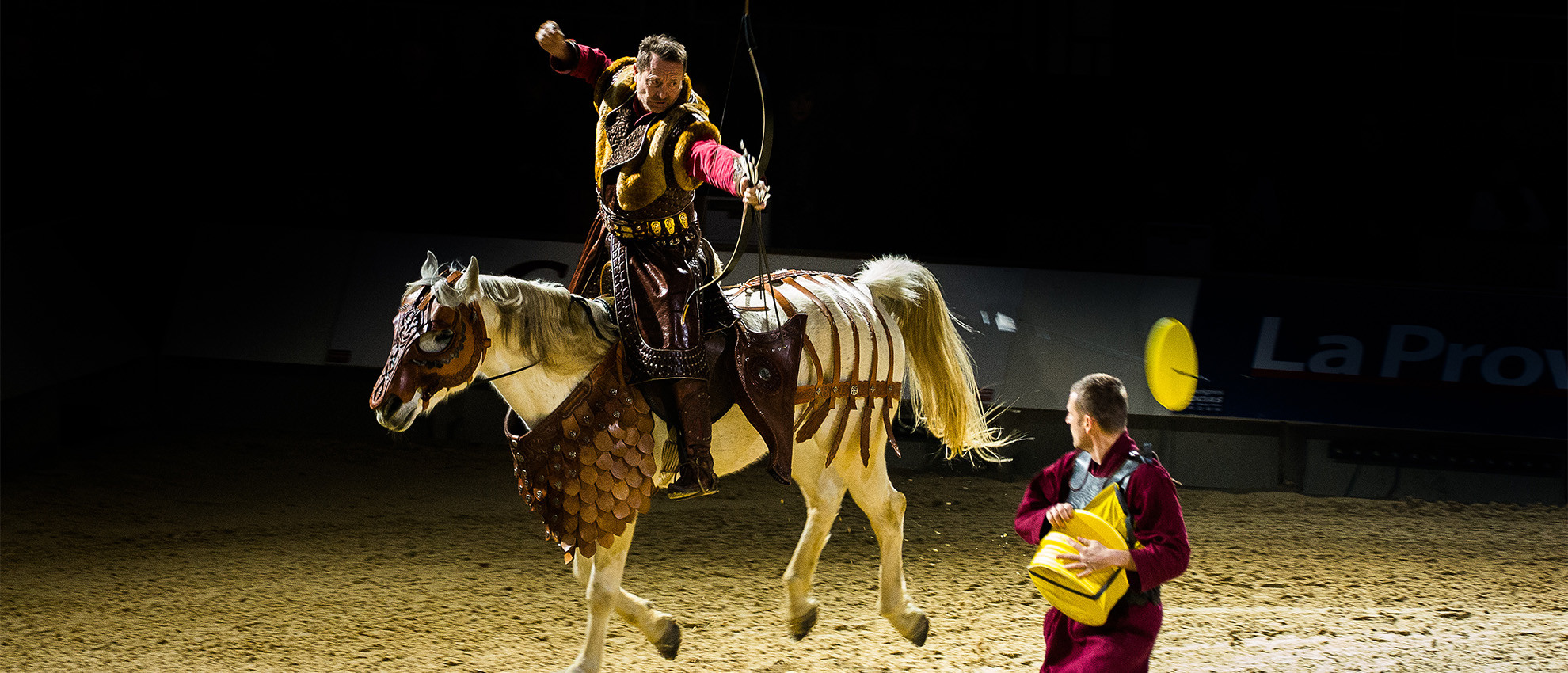
Nothing New
People have been practicing archery for thousands of years. Before the archer was thrown into a hunting party or a military expedition, they were required to practice. For many students of the art of archery, the practice range was in or around their homes. If you plan on setting up a backyard archery range and begin practicing, you are following a very old tradition, which was practiced for millennia.
Backyard Archery Laws
Now that you have your bow, arrows, and a backyard, you may be feeling somewhat like Robin Hood and are ready to tell the Sherrif of Nottingham to make love to himself. We here at ArcheryHistorian.com however believe in being good, law-abiding citizens, and respecting the property, safety, and rights of others. This means familiarizing yourself with local laws and bi-laws with regards to practicing archery in a residential area. These laws, rules, and regulations differ greatly from place to place so please heed our advice and do some research on the laws of your land. This could save you a lot of trouble down the road.
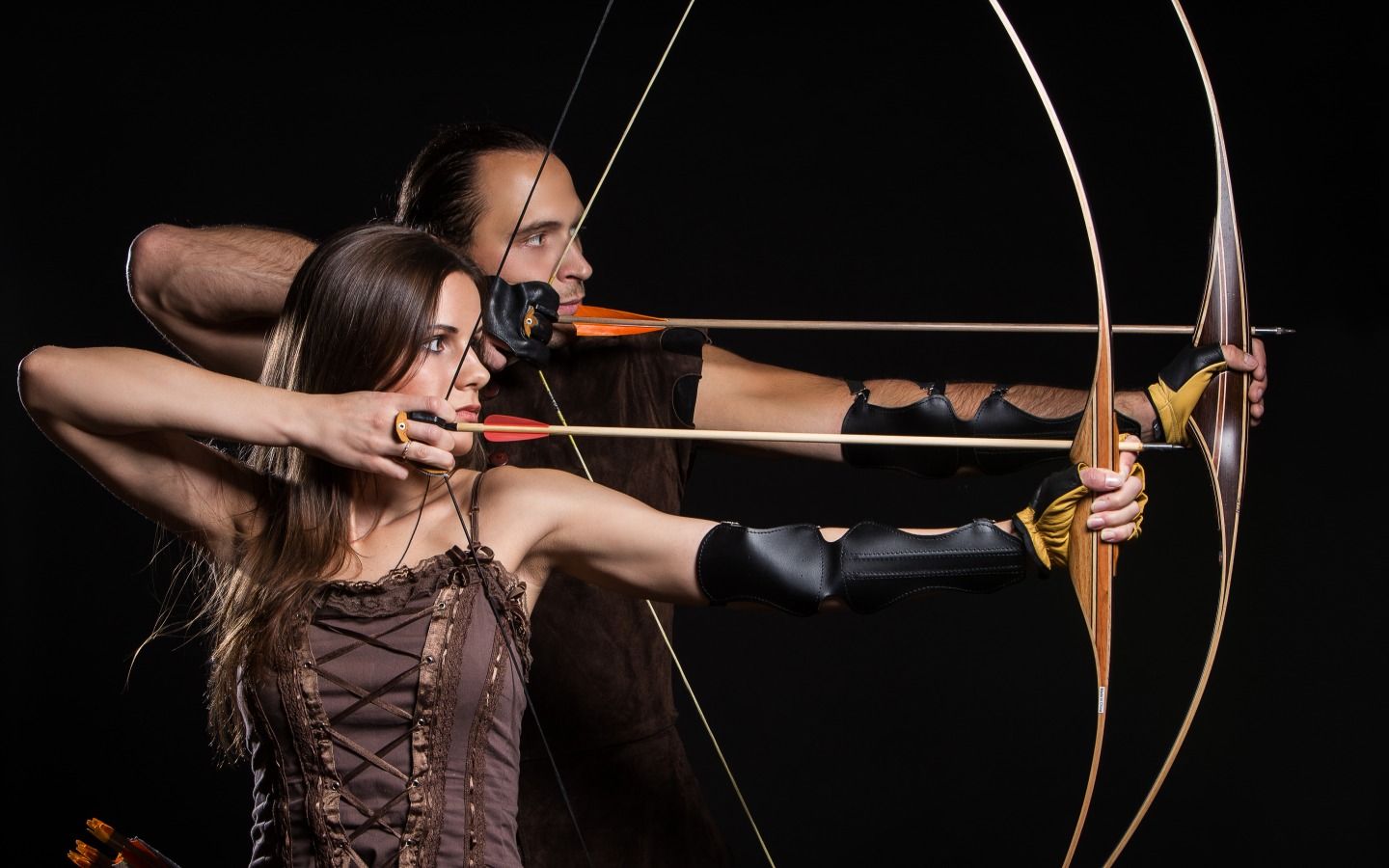
Laws are also changing all the time, so it is also advisable to revisit reliable information sources for potential updates. There are some instances where bows are legally defined as firearms, and the discharging of firearms anywhere other than government recognized ranges could be an offense.
So we’re going to tell you once more; please take the time to be informed about the laws of the land before you get sued or charged with criminal negligence or the unlawful discharging of firearms.
Safety Concerns/Guidelines
Alright, so we got the boring but necessary legalities out of the way. Now, another important aspect of practicing archery responsibly, on a range or anywhere, is the issue and concern of safety. You will seek the elimination of the possibility of stray arrows causing damage to lifeforms and/or property.
Ideally, your property should be fenced in unless you are in a rural area with lots of open lands. The fencing should be solid (without any holes or large openings) and relatively tall (once again see bylaws of your area). The fencing will act as another layer of protection from stray arrows. It will also keep your archery range from easily being seen by nosy neighbors, even if you are following all the laws. Some people, understandably, just don’t like the idea of arrows flying around the neighborhood.
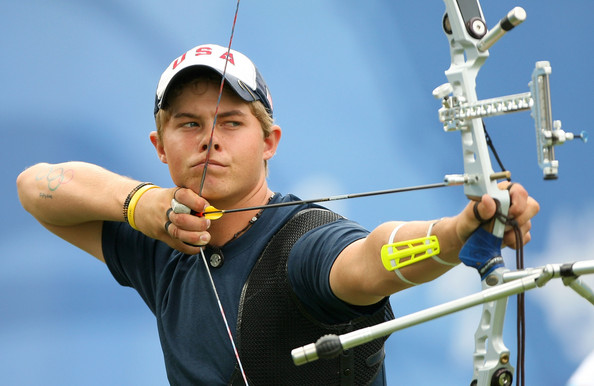
Important safety considerations:
- You are always responsible and accountable for the arrow which you shot. You.
- Take a careful survey of the land and the properties surrounding your range. What is behind your target? What is to the left of the target? To the right? Above the target? You should know what is around the target in every direction, for several hundred meters, or the average range of the bow you are using. Arrows do stray. Even with experienced archers, an occasional arrow can fly far off the mark. If and when this happens, you must account for where it will end up. Will the stray arrow hit a fence? The back of a brick wall with no windows? Or somewhere else where kids could be playing?
- Do not elevate a loaded bow above the height of the target. Pointing a loaded bow (a bow with an arrow nocked) upwards, above the target is considered very poor and unsafe archery practice.
- Ensure nobody is between you and the target while shooting. Make an effort to inform surrounding people that the range is live when you are shooting. Inform family and/or other humanoid lifeforms of the dangers.
- Ensure a proper and sufficiently dense target is used for the power of the bows you are using. Some materials will allow an arrow shot from a powerful bow to easily penetrate (see the section on targets).
- Use a proper backstop that is of sufficient size to stop a decent range of stray arrows (see the section on backstops)
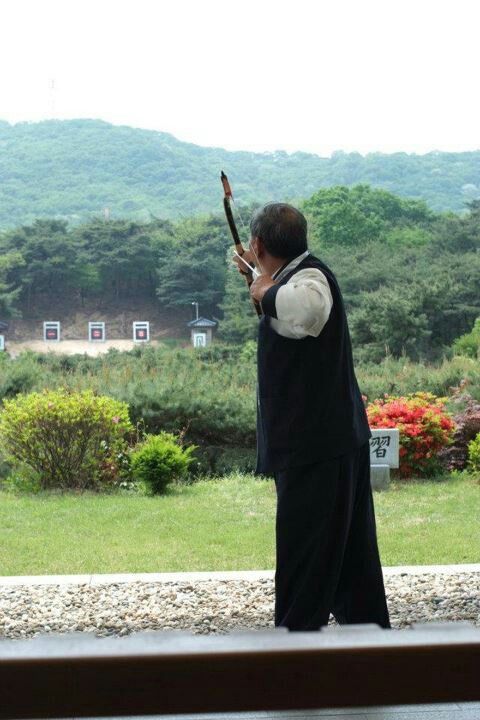
Backyard Archery Range Design & Setup
As previously mentioned, safety will be your number one consideration when actually setting up the range layout. Assuming the ideal situation, with lots of wooded land around your property, adequate fencing, and a lack of neighbors, here are the next items you may want to consider when setting up your backyard archery range:
- What distance do you want to shoot at? Target archery distances vary at a competitive level. An indoor archery range is typically between 18 and 25 meters in length. Outdoor shooting distances vary considerably between 30 to 90 meters. Olympic target archery ranges are 70 meters in length. If you are just a beginner, consider starting closer to the target. Greater distances can increase the chance of stray arrows.
- What kind of target do you want to shoot at? We will discuss good candidates for potential backyard archery targets in the following section.
- How many lanes do you want your archery range to have? Just like a bowling alley, an archery range can accommodate several archers at the same time. This can make it fun when you have fellow archers over for a casual shoot or perhaps a friendly competition.
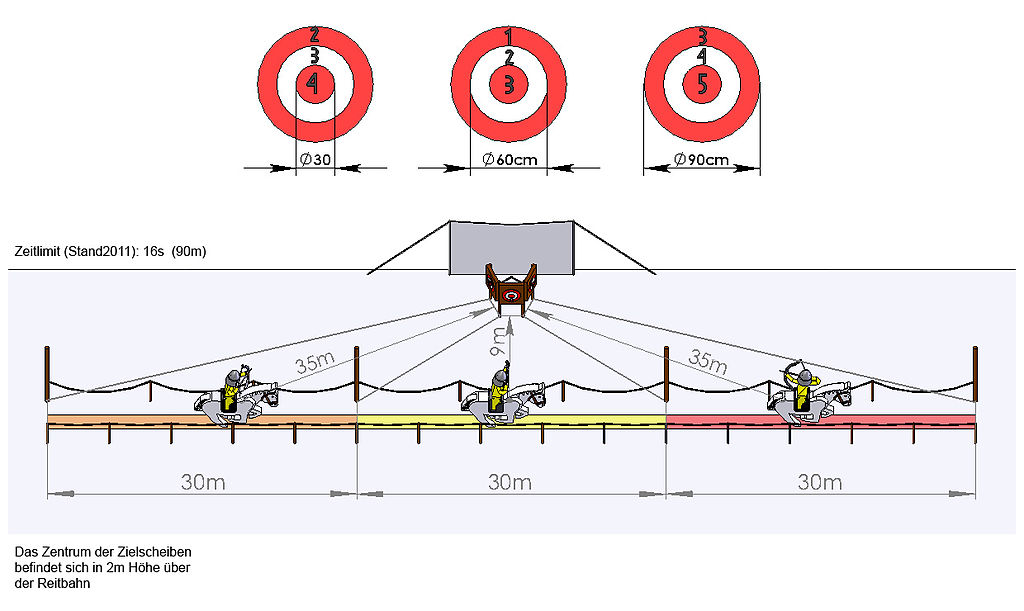
Backyard Archery Backstop
An archery range backstop helps mitigate the risk of stray arrows. The backstop is simply placed behind the target and absorbs arrows that have not met their mark. A good backstop also helps ensure that stray arrows are not damaged or lost. A wide range of backstop materials and designs are available for purchase and construction.
Backstop Options/Considerations:
- Use the natural environment. Can the archery target be placed in front of a hill or some other natural feature to ensure stray arrows do not endanger people or property?
- The next simplest option would be a pile of dirt, hay, or other material that is of sufficient size to help absorb stray arrows.
- Construct a wooden wall. There are several videos on how to construct a backyard archery backstop out of wood available on YouTube. Ensure that the wooden structure is large enough to cover a decent area behind the target. A five by five (5 x 5) meter wooden wall, placed about a meter back from the intended target is a good reference.
- Bales of hay! You can get them from some garden centers or you could make some connections with the country folk. They usually have hay in the country. Basically, hay lives in the countryside. Hay is relatively cheap and you’ll be able to pick some up for 5 – 10 dollars USD. Hay bales come in a few different sizes and packaging. Some are wrapped in plastic while others are just compressed into shape and left unwrapped. Bales of hay behind the target make a cheap yet efficient backstop. Roughly 5 x 5 meters of high approximately one meter behind the target should be adequate.
- Old carpet. Linoleum flooring also makes a good backstop material in my experience. You may need the use a couple of layers for it to be really effective. Constructing a frame out of wood or PVC piping and hanging your layers of carpet or flooring on it is also a cheap yet effective way to mitigate stray arrows.
- Professional archery backstop materials. There are plenty of already made-for-you options available. Backstop netting is also something to consider. Check out these options:


Backyard Archery Targets
What are you actually going to practice shooting on? A wide variety of archery targets are available on the market these days, or you could make your very own out of a suitable material. Here are some options and considerations:
Homemade:
If you are tight on a budget and are a handy, do-it-yourself kind of person, making the archery target for yourself may be a good option. The materials used in constructing the backstop are also viable candidates for the target itself. Bales of hay are the cheapest one of the cheapest and easiest to obtain/set up. Carpeting and linoleum flooring is also potentially a good option.
Then, you can purchase target face sheets of all types online, or at your local sporting goods store, and stick them onto your homemade target. Viola! You now have an archery target ready to be shot at.

Hunting or Target Archery?
Why are you practicing archery? Do you want to have a fun hobby and get good at shooting targets? Or do you eventually want to go hunting? If you are interested in hunting with your bow, three-dimensional (3D) targets would be ideal to practice with.

3D targets come in a variety of forms, usually made in the likeness of common game animals such as deer, turkeys, rabbits, etc. Three-dimensional targets are also available in a variety of other fun forms like zombies, dinosaurs, and other fantastical creatures. There is a plethora of fun and interesting 3D targets to choose from.
If your main or only focus in archery is target shooting, there are many high quality, durable targets available for purchase. Check out our recommendations below:



Traditional Targets
As mentioned previously, archery is an old practice that was pursued all over the globe. Many cultures developed their own unique archery targets over the years. Let’s take a look at some traditional targets you may want to consider for your own backyard archery initiative.
Traditional Japanese Archery Target (makiwara):
Makiwara boards are also used in other martial arts to practice striking, but this makiwara is used in kyudo or traditional Japanese archery. It is very minimalist and basic, consisting of a bale of hay and a simple wooden stand.

Traditional Korean Archery Target;
A simple plywood target that measures roughly 3 meters tall by 2 meters wide.

Traditional Turkish Archery Target (puta)
A traditional Turkish archery target is called a puta. Typically around one meter long and a half meter at it’s widest point, the puta is made of leather and stuffed with cottonseed or some other seeds. Also, the pear shape is said to resemble a person mounted on a horse when you look at them head-on or from the rear.
